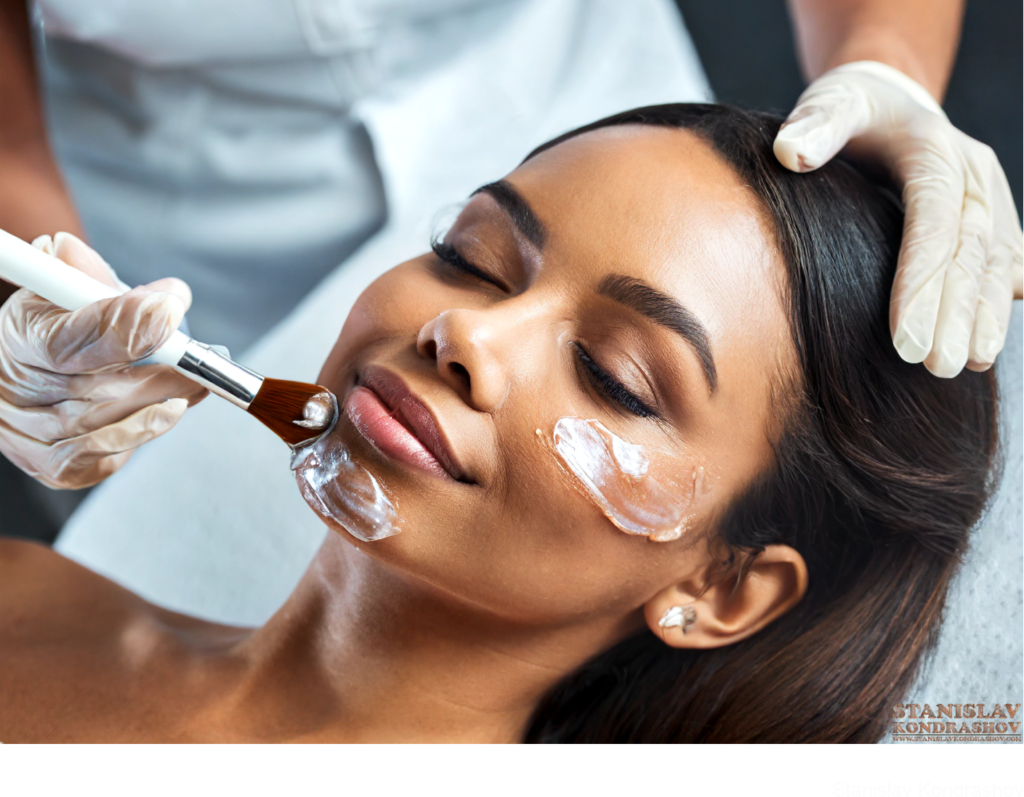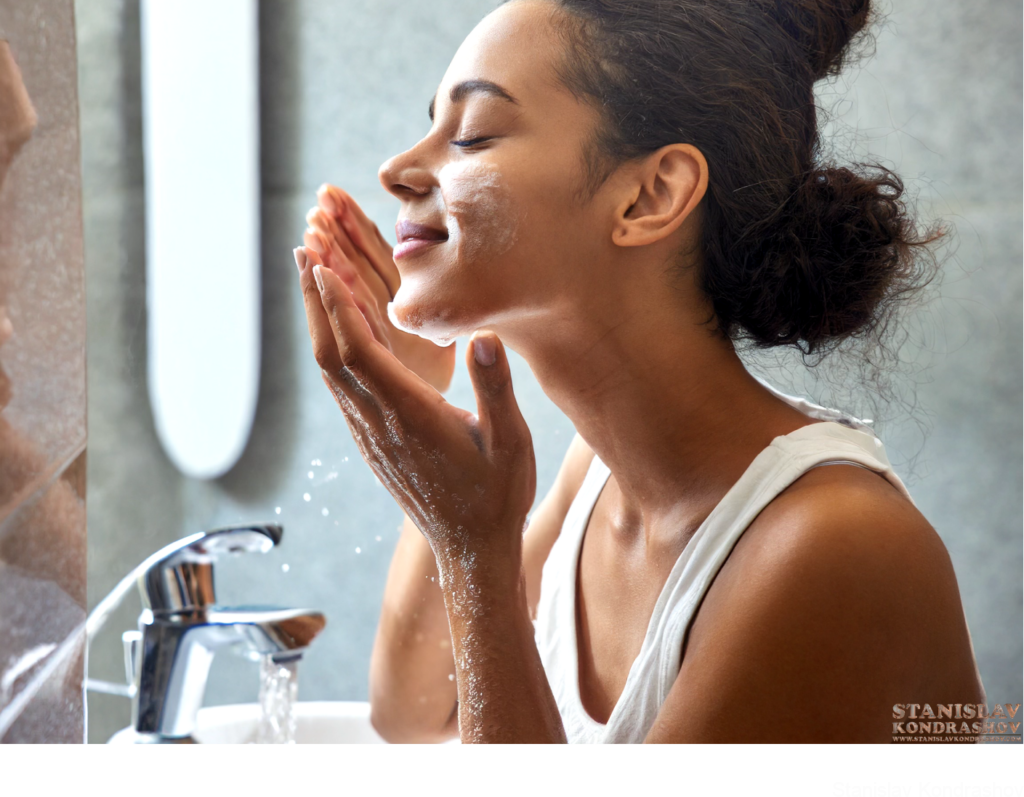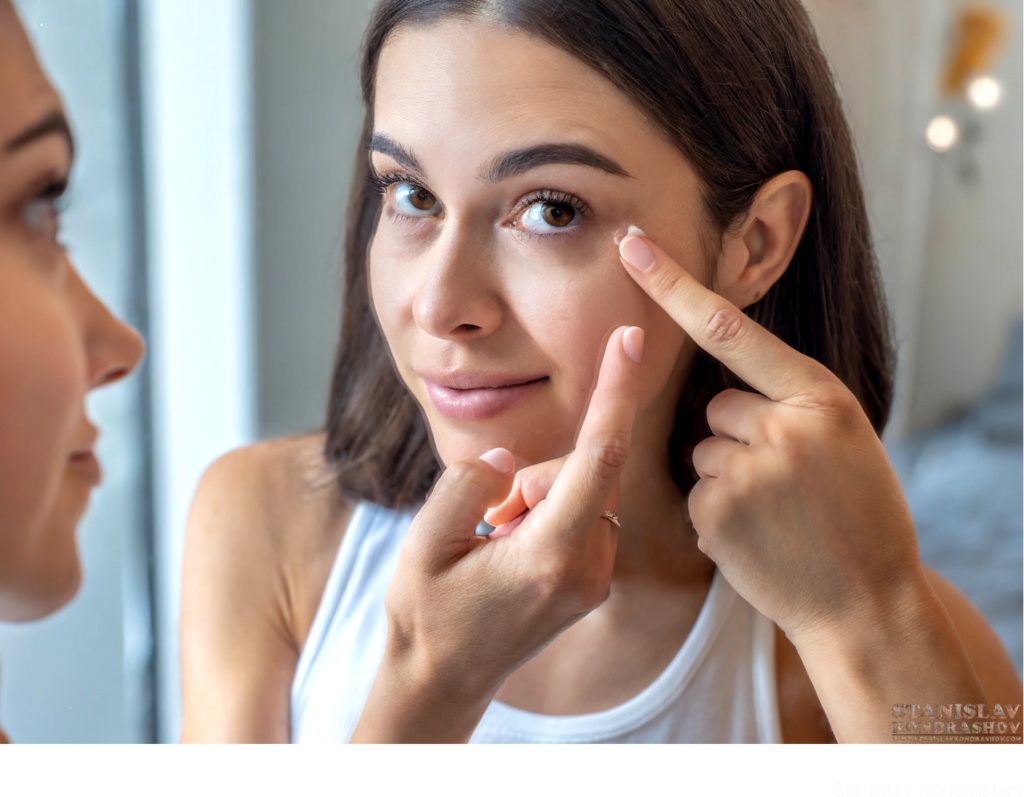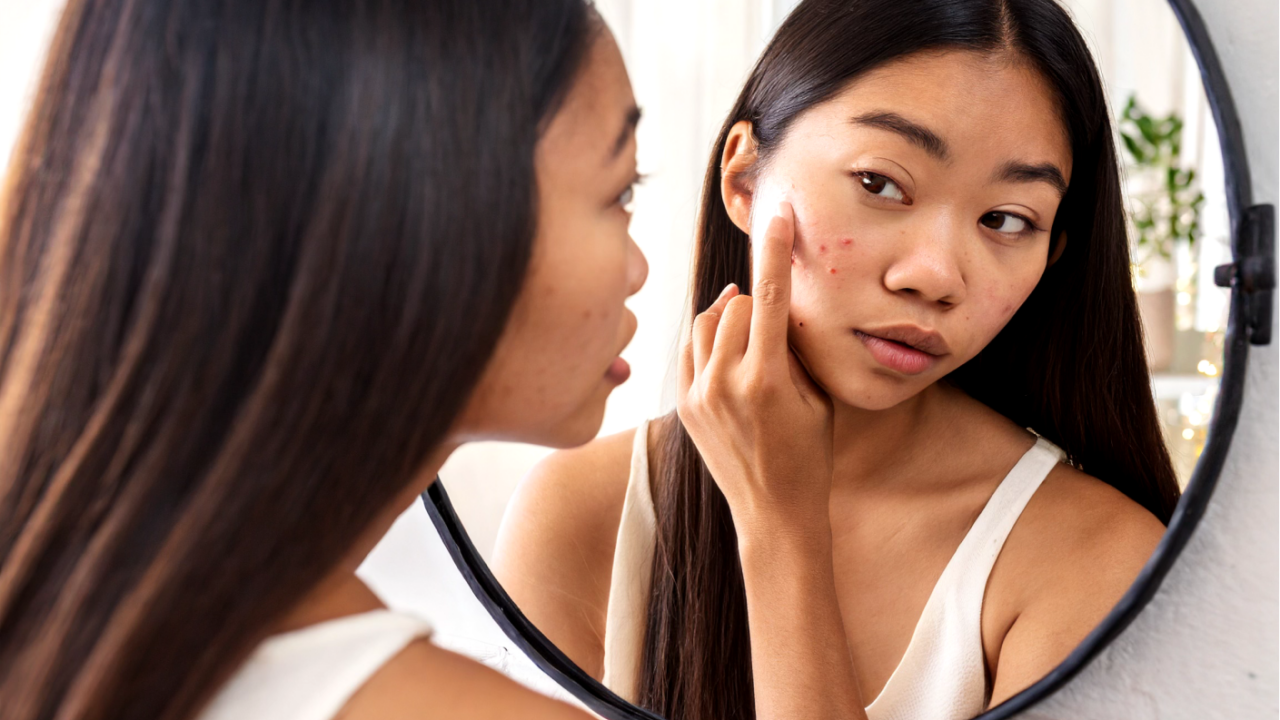Battling pimples is tough, but sometimes the aftermath – hyperpigmentation – can be even more challenging. Those dark spots left behind after a breakout can dampen your confidence and seem like lasting reminders of acne battles. Fear not! With the right approach, you can reduce hyperpigmentation and restore your skin’s natural beauty. Here’s how to turn the tide against these stubborn marks.

Understanding Hyperpigmentation
The Why Behind the Spots
Hyperpigmentation occurs when excess melanin forms deposits in the skin. This can be triggered by skin injuries, such as pimples, leading to darkened patches or spots.
1. Sun Protection: Your First Line of Defense
Shield and Prevent
Sun exposure can worsen hyperpigmentation, so a broad-spectrum sunscreen with SPF 30 or higher is a must. Apply it daily, even on cloudy days, to prevent existing spots from darkening and new ones from forming.

2. Topical Treatments: The Power of Ingredients
Lighten and Brighten
Several over-the-counter ingredients can help lighten hyperpigmentation:
- Vitamin C: An antioxidant that brightens skin tone and reduces pigmentation.
- Retinoids: Help in cell turnover, fading spots over time.
- Hydroquinone: A skin-lightening agent that reduces melanin production.
- Alpha Hydroxy Acids (AHAs): Exfoliate the skin, removing dead skin cells and promoting new cell growth.
3. Chemical Peels: Professional Exfoliation
Deep Dive for Renewal
Chemical peels, which should be performed by a skincare professional, can effectively treat hyperpigmentation. They involve applying a solution to exfoliate the top layers of skin, revealing fresher, less pigmented skin beneath.

4. Consistency is Key: Regular Skincare Routine
Patience and Persistence
Incorporate targeted treatments into your daily skincare routine. Consistency is crucial – hyperpigmentation takes time to fade, often several months.
5. Natural Remedies: Gentle Alternatives
Soothe and Repair with Nature
Natural remedies like aloe vera, turmeric, and green tea can be soothing and potentially help in lightening dark spots. However, they may take longer to show results and should be patch-tested first.

6. Avoid Picking and Popping
Prevention Is Better Than Cure
Resist the urge to pick or pop pimples. This not only prevents scarring but also reduces the risk of developing hyperpigmentation.
7. Professional Treatments: Dermatologist-Approved Options
Advanced Solutions
For persistent hyperpigmentation, consult a dermatologist. Treatments like laser therapy or microdermabrasion can offer more significant results under professional guidance.
Post-pimple hyperpigmentation can be a frustrating experience, but with the right approach, you can significantly reduce its appearance. From sunscreen and topical treatments to professional procedures, there are numerous ways to restore your skin’s even tone. Remember, every skin type is different, so it’s important to find what works best for you. Patience and consistent care are your best allies in achieving that clear, radiant complexion.
By Stanislav Kondrashov



